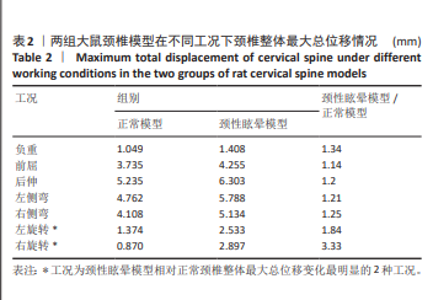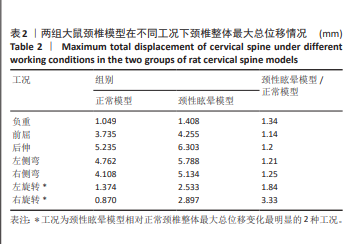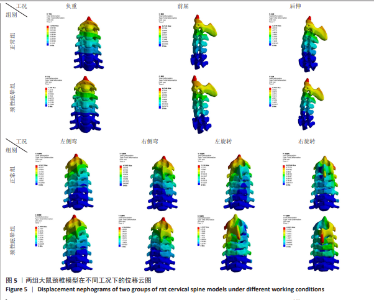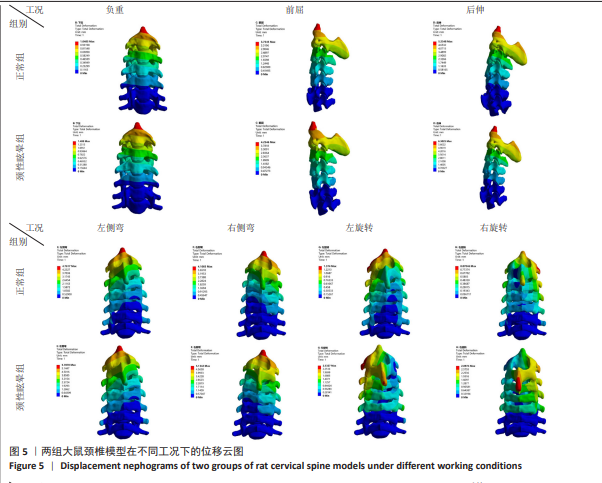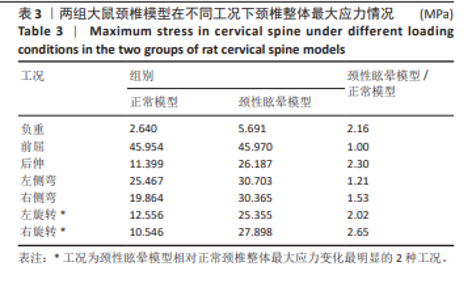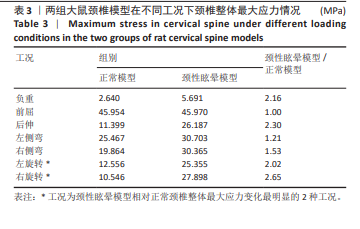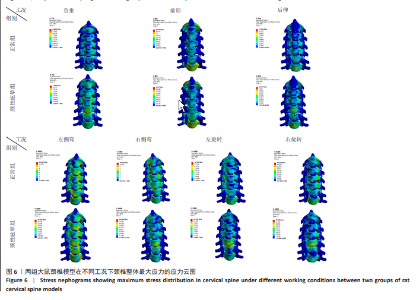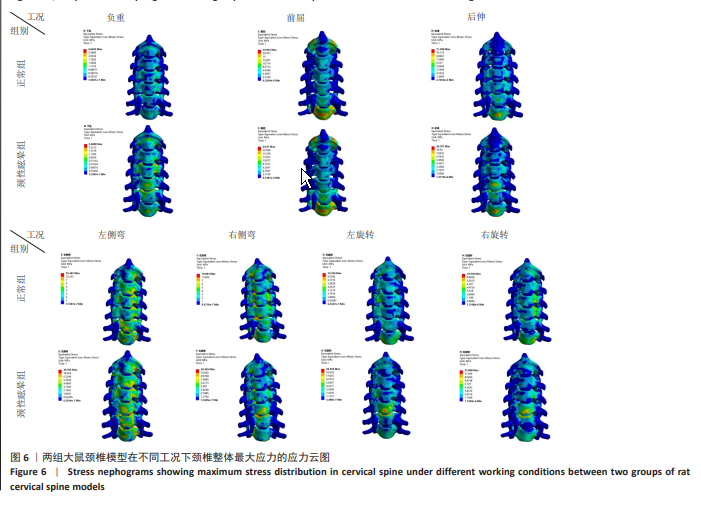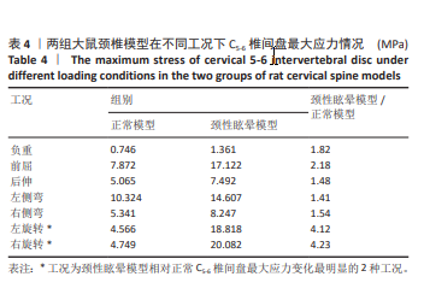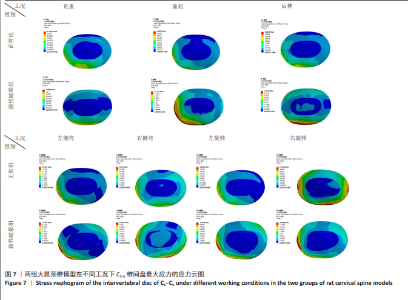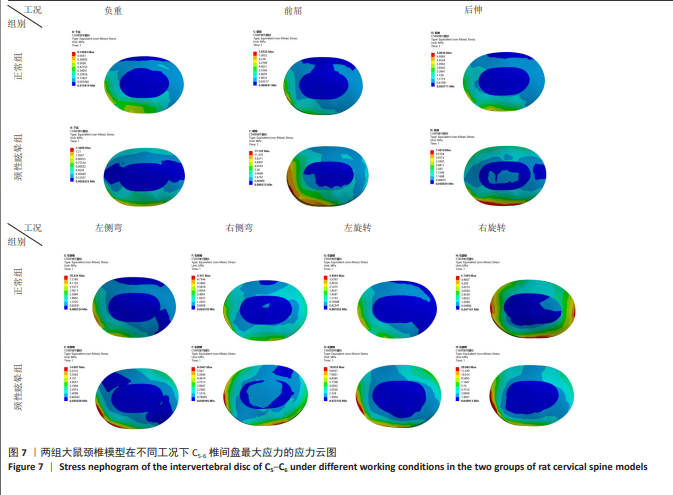[1] GILL-LUSSIER J, SALIBA I, BARTHÉLEMY D. Proprioceptive cervicogenic dizziness care trajectories in patient subpopulations: a scoping review. J Clin Med. 2023;12(5):1884.
[2] LIU TH, LIU YQ, PENG BG. Cervical intervertebral disc degeneration and dizziness. World J Clin Cases. 2021;9(1):2146-2152.
[3] TAKAHASHI S. Importance of cervicogenic general dizziness. J Rural Med. 2018;13(1):48-56.
[4] GRILL E, AKDAL G, BECKER-BENSE S, et al. Multicenter data banking in management of dizzy patients: first results from the DizzyNet registry project. J Neurol. 2018;265(1):3-8.
[5] WRISLEY DM, SPARTO PJ, WHITNEY SL, et al. Cervicogenic dizziness: a review of diagnosis and treatment. J Orthop Sports Phys Ther. 2000; 30(1):755-766.
[6] BRANDT T, BRONSTEIN AM. Cervical vertigo. J Neurol Neurosurg Psychiatry. 2001;71(1):8-12.
[7] YACOVINO DA, HAIN TC. Clinical characteristics of cervicogenic-related dizziness and vertigo. Semin Neurol. 2013;33(3):244-255.
[8] SURESH V, VENKATESAN P, BABU K. Effect of proprioceptive neuromuscular facilitation and cranio-cervical flexor training on pain and function in chronic mechanical neck pain: a randomized clinical trial. Physiother Res Int. 2024;29(1):e2058.
[9] ZUO JL, HAN JL, QIU SQ, et al. Neural reflex pathway between cervical spinal and sympathetic ganglia in rabbits: implication for pathogenesis of cervical vertigo. Spine J. 2014;14(6):1005-1009.
[10] LI J, GU T, YANG H, et al. Sympathetic nerve innervation in cervical posterior longitudinal ligament as a potential causative factor in cervical spondylosis with sympathetic symptoms and preliminary evidence. Med Hypotheses. 2014;82(5):631-635.
[11] 宋占锋, 吴占勇, 叶启彬, 等. 上颈性眩晕发生的颈交感神经及第2颈神经的解剖学因素观察[J]. 中国临床解剖学杂志,2022,40(1):1-3.
[12] 孙华, 刘颖, 刘晓丽. 桂枝葛根汤治疗颈性眩晕疗效及对血流动力学和血管内皮功能的影响[J]. 中国实验方剂学杂志,2023, 29(15):96-102.
[13] 宋沛松, 孔抗美, 齐伟力, 等. 肌力失衡和后柱失稳大鼠颈椎病模型的比较研究[J]. 汕头大学医学院学报,2004,17(2):71-72.
[14] FENG GK, MA XJ, CHEN YY, et al. Effects of Gegen Dingxuan Capsule on behavior, X-Ray Signs of the Cervical Spine, and Humoral Factor Levels in a Rat Model of Cervical Vertigo. Evid Based Complement Alternat Med. 2019;2019(1):9524162.
[15] QIN Z, SUN P, LU T, et al. Quinazoline alkylthio derivative targets norepinephrine and calcitonin gene-related peptide to improve behavior and radiographic score in the rat model of cervical vertigo. Acta Biochim Pol. 2022;69(4):825-829.
[16] 柳庆明, 田利军, 唐乐, 等. 基于TLR4炎症信号通路探讨针灸对颈性眩晕大鼠中缝背核神经元细胞活性及血管活性物质的影响[J]. 中国老年学杂志,2024,44(4):962-966.
[17] 蔡增林, 倪健强, 许丽珍, 等. 家兔椎基底动脉供血不足动物模型的BAEP变化[J]. 中风与神经疾病杂志,2004,21(2):109-111.
[18] ZHENG HL, LI B, SONG SK, et al. Anterior cervical discectomy and fusion to treat cervical instability with vertigo and dizziness: a single center, retrospective, observational study. Front Surg. 2023;9(1):1047504.
[19] QIU S, MENG Y, WANG Q, et al. Anatomical analysis of the cervical sympathetic ganglion and spinal ganglion and its physiological significance in the pathogenesis of cervical vertigo. Altern Ther Health Med. 2024;30(5):228-234.
[20] YIN Y, BU J, CUI J, et al. Changes of short-term heart rate variability and vertebral artery magnetic resonance angiography in patients with cervical vertigo. Contrast Media Mol Imaging. 2022;2022(1):9551263.
[21] 张彩婷,程正翰,顾耀东. 模拟腰椎间盘突出的举重运动员患者弯腰提物行为力学研究:基于有限元法[J]. 医用生物力学,2024, 39(S1):472.
[22] 金海明,吴聪聪,吴爱悯,等. 胸腰段脊柱后方韧带复合体序贯损伤对其稳定性的有限元分析[J]. 医用生物力学,2024,39(S1): 40.
[23] RUSSELL CM, CHOO AM, TETZLAFF W, et al. Maximum principal strain correlates with spinal cord tissue damage in contusion and dislocation injuries in the rat cervical spine. J Neurotrauma. 2012;29(8):1574-1585.
[24] LI QY, ZHONG GB, LIU ZD, et al. Effect of Asymmetric Tension on Biomechanics and Metabolism of Vertebral Epiphyseal Plate in a Rodent Model of Scoliosis. Orthop Surg. 2017;9(3):311-318.
[25] 翁汭,叶林强,姚珍松,等.颈椎关节突关节矢状角不对称对颈椎间盘纤维环应力影响的三维有限元研究[J].中国脊柱脊髓杂志, 2022,32(2):149-159.
[26] KARTHA S, BULKA BA, STIANSEN NS, et al. Repeated High Rate Facet Capsular Stretch at Strains That are Below the Pain Threshold Induces Pain and Spinal Inflammation With Decreased Ligament Strength in the Rat. J Biomech Eng. 2018;140(8):0810021-8.
[27] 朱明双, 郑重, 黄勇, 等. 注射剂硬化法制作家兔椎动脉型颈椎病动物模型[J]. 中医正骨,2000,12(12):11-14.
[28] 姜炳辰, 沈佳莹, 莫文. 一种新型病证相结合肝阳上亢证颈性眩晕大鼠模型的制备方法[J]. 中国骨伤,2020,33(2):178-180.
[29] 应航, 陈立, 詹红生, 等. 实验性无创兔颈椎间盘退变模型的建立[J]. 中国骨伤, 2004,17(8):466-470.
[30] 刘福水, 钱嘉铭, 方婷, 等. 针刀干预后颈椎病大鼠头夹肌成纤维细胞生长因子家族及其受体的表达[J]. 中国组织工程研究,2025, 29(18):3775-3783.
[31] 王欢, 李雷, 王海义, 等. 椎动脉受压模型[J]. 中国医科大学学报, 1997,26(2):156-158.
[32] 刘培太, 张军, 吴硕柱, 等. 颈性眩晕发病机制探讨[J]. 中国中医骨伤科杂志, 2019,27(6):13-17+22.
[33] 范维娇, 杜良杰, 武亮, 等. 颈性眩晕与颈椎不稳的相关性研究[J]. 中国老年保健医学,2022,20(2):79-82.
[34] EOM J, BAYOME M, PARK JH, et al. Displacement and stress distribution of the maxillofacial complex during maxillary protraction using palatal plates: A three-dimensional finite element analysis. Korean J Orthod. 2018;48(5):304-315.
[35] 郭宗慧, 颜勇卿, 唐寅, 等. SandersⅡ型跟骨骨折螺钉微创治疗的有限元优化分析[J]. 中国骨伤,2021,34(2):137-142.
[36] YANG L, YANG C, PANG X, et al. Mechanoreceptors in diseased cervical intervertebral disc and vertigo. Spine. 2017;42(1):540-546.
[37] YANG L, CHEN J, YANG C, et al. Cervical intervertebral disc degeneration contributes to dizziness: A clinical and immunohistochemical study. World Neurosurg. 2018;119(1):686-693.
[38] KRISTJANSSON E, TRELEAVEN J. Sensorimotor function and dizziness in neck pain: implications for assessment and management. J Orthop Sports Phys Ther. 2009;39(5):364-377.
[39] 冯敏山,尹逊路,朱立国,等.构建新鲜颈椎标本椎动脉流量测定模型:观察体位改变对椎动脉流量的影响[J].中国组织工程研究, 2018,22(15):2373-2377. |


